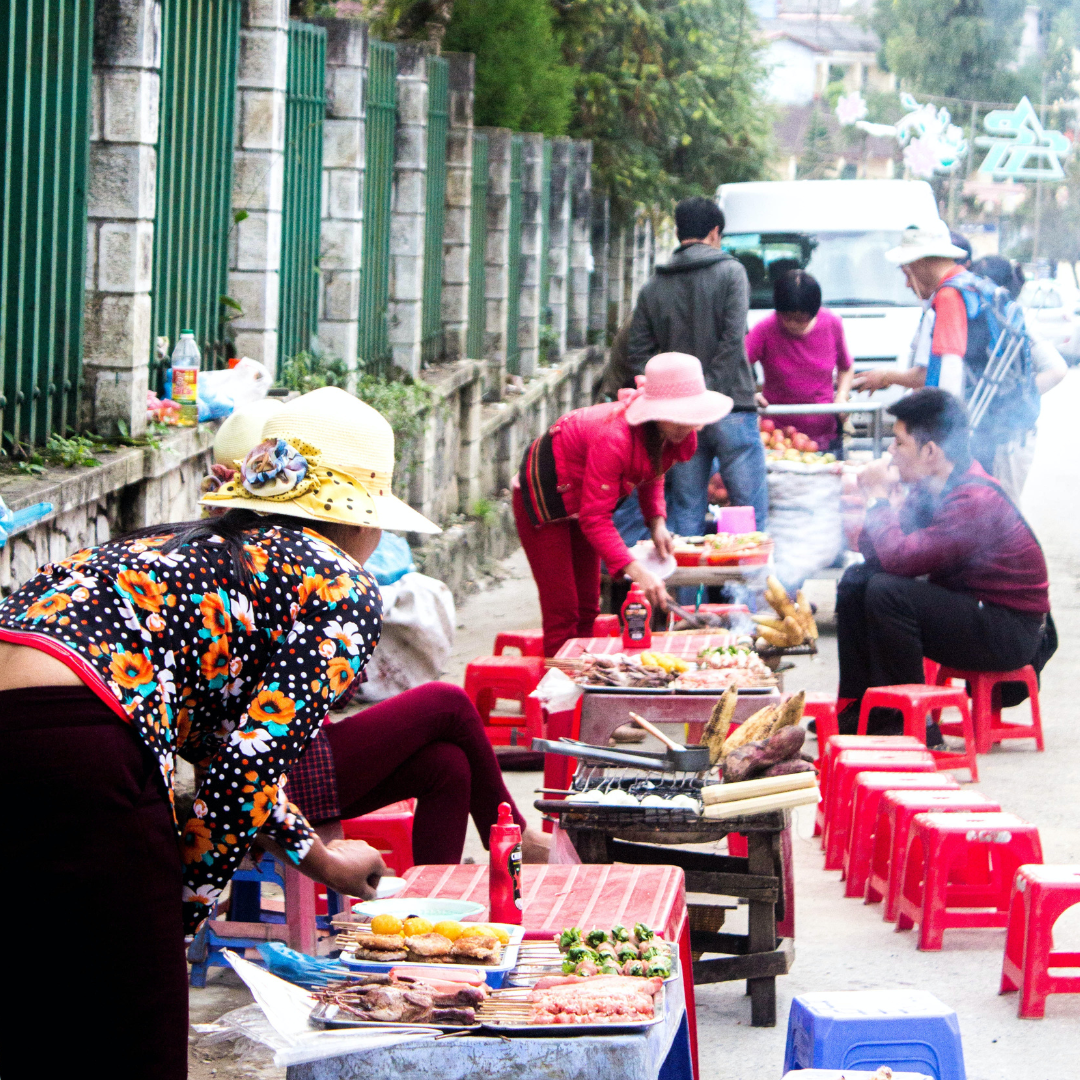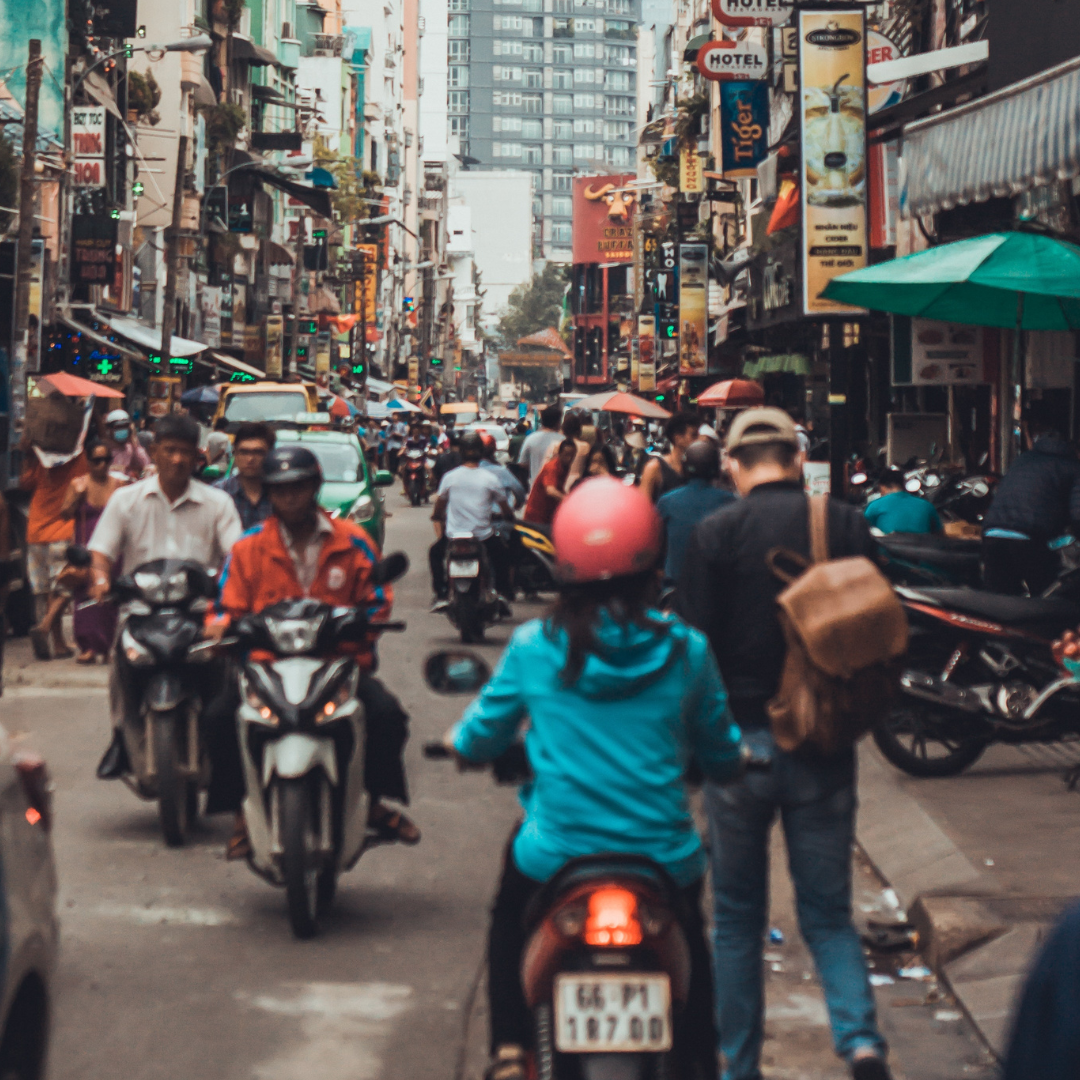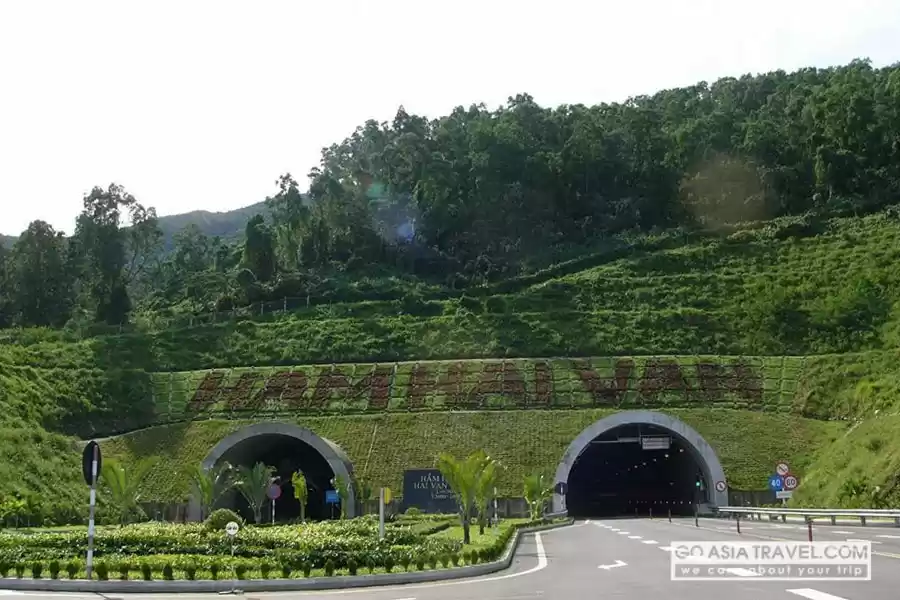


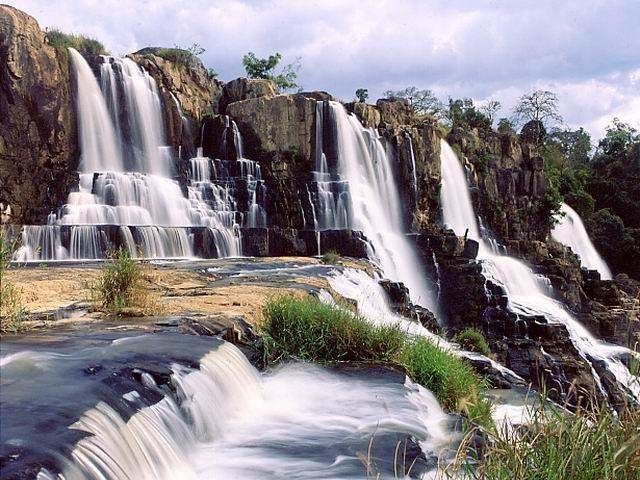




This is a full-on trip up the coast of Vietnam and into the hills of Sapa. From hectic Ho Chi Minh City to historic Hanoi. If you want to go on this trip, you have to log out, switch off and unplug because the only project you'll be working on for the next few weeks is your tan.
In shape of a dragon, Vietnam appears on the world travel map as one of the most compelling destinations in Southeast Asia. The word "Vietnam travel" in itself is an invitation to charm, exoticism and adventure.
North of Vietnam, you will discover the timeless charm of Hanoi, splendid wonder of Halong Bay and colorful ethnic mosaics of Sapa and Ha Giang. In the Centre, Hoi An with its quaint and nostalgic setting makes the greatest surprise while Hue offers a fantastic fusion of imperial architecture and refined cuisine. Incredibly created by nature, Phong Nha - Ke Bang still reserves a number of secrets for you to discover.Stretching all the way southward of Vietnam are stunning sandy beaches with year round crystal sunshine in Nha Trang, Mui Ne and Phu Quoc. The Mekong Delta with its immense water, endless rice fields and buzzing floating markets will also capture your heart.
The best time to visit Vietnam is from October to December and from March to May. Avoid public holidays if possible as the whole country is on the move.
You can’t go past Minh’s Jazz Club for a good night out. Resident sax god, Quyen Van Minh, brings a bit of Coltrane and Parker to downtown Hanoi. We began by visiting the One Pillar Pagoda near the Soviet-inspired mausoleum of Ho Chi Minh, walked to the Temple of Literature - Vietnam’s first educational institute, visited the Hoa Lo Prison, probably better known to most as the ‘Hanoi Hilton’ and stopped by the city’s Old Quarter, situated to the north of the lake

They say the limestone karsts in Halong Bay were formed when dragons were sent to spit big lumps of jade into the water, creating a wall that would protect Vietnam from invaders. No dragons were harmed in the making of this legend.We took a 3½-hour drive through the fertile Red River Delta to the bayside town of Bai Chay. We were lucky to witness a sunset over Halong Bay before enjoying dinner prepared by the crew.


We trekked from Sapa into the surrounding hills and stayed with a family in a remote hill tribe village. We drove into the mountains and on to the picturesque minority hill tribe town of Sapa, set amidst mountain scenery and in the shadow of Vietnam's tallest peak, Mt. FansipanTh next day we set out on an adventurous two-day trek up the Muong Hoa River Valley, with its lush vegetation and rice terraces. We spent the night in the cosy longhouse belonging to one of the local families. After indulging in a hearty hill tribe breakfast, we got picked up by jeeps and driven back to Sapa.We headed back to Lao Cai where we boarded the overnight train to Hanoi

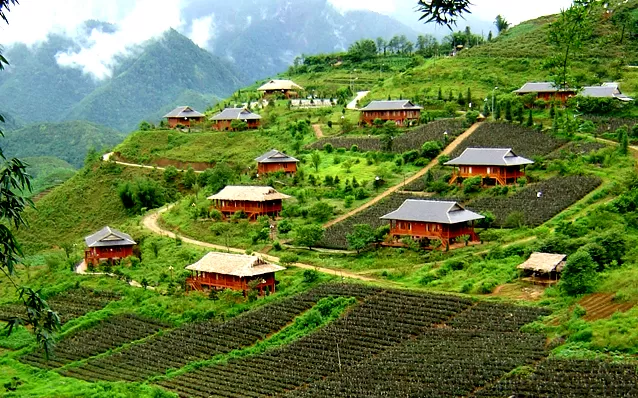
Back in Hanoi, we had some free time to check out some art galleries and just stroll around after our epic trip. We explored the many temples, pagodas and museums.


The 1st stop of our adventure was Ho Chi Minh. We were a little jetlagged and after a short nap decided to go out and explore this fascinating city. We went to Hit Pho 2000 for the best pho in town and then grabbed a drink at Saigon Saigon, one of the oldest hotels in Vietnam.


We went on a cruise on the mighty Mekong, stopped by the Cai Be floating market and tried elephant ear fish for dinner. Cruising along the canals, rivers and backwaters, we discovered how the local people lead their lives. We visited a congested flotilla of boats selling all manner of fruit and vegetables at Cai Be's floating market. We also stopped by some family-run industries, which include a rice paper, popcorn and popped rice factory.We stayed in a home-stay situated on an island in the middle of the Mekong River. After two days we set off on the riverboat back to Cai Be and returned to Ho Chi Minh in the afternoon


We took a tour through a section of the Cu Chi Tunnels and learnt how the brave men and women of Cu Chi built underground hospitals, kitchens and meeting rooms during their struggle.We spent the last afternoon in Vietnam shopping in the city’s main business district, and took a cyclo ride through the busy city streets to Ho Chi Minh’s Chinatown district, Cholon


Sucking in a lungful of fresh mountain air we headed to Coffee Street, which is packed with little coffee stalls (obviously). Combined with the clean, crisp air you’ll definitely be wide awake by now.We joined a local bus for the day-long drive to Dalat which gave us a chance to mix with locals and other travellers on board. We journeyned past rubber and teak plantations before ascending the jungle-clad pass to Bao Loc. We continued past tea and coffee plantations, where the people and their houses look very different to those in Ho Chi Minh.We explored some of the more interesting sights in Dalat, including the old railway station, Bao Dai, and the Hang Nga Guesthouse, known as the 'Crazy House'.We also paid a visit to one of Dalat's most notable residents, Buddhist monk/artist, Vien Thuc, and purchased his black ink on paper paintings and calligraphy for approximately US$5 a piece.We had lunch upstairs on the 'mezzanine' floor of the fruit and vegetable pavilion in Dalat's central market.We then took a trip out to 'Lat Village' – a local ethnic hill tribe community located just outside Dalat.


We took an overnight train to Danang then the bus to Hoi An. Heading out onto the water for a day to cruise around the islands, we spent stacks of time swimming and snorkelling and indulging in a lunchtime feast of freshly caught seafood and other delights for non-fish eaters.Th next day we boarded the overnight sleeper train bound for Danang.

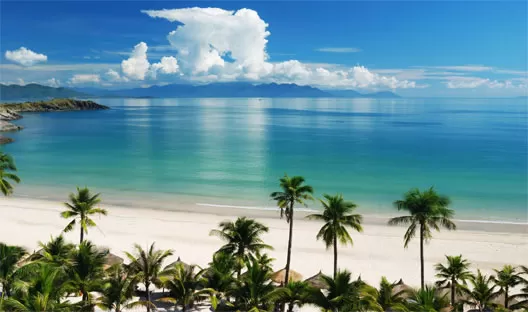
We hired a bike and drove through the busy streets of Danang and passed by the massive former US airbase that was, in 1968, the busiest airport in the world. We also took a walking tour of Hoi An and enjoyed the cuisine on offer at some of the town’s numerous cheap cafes.The next day we ventured further afield to Vietnam’s world famous ‘China Beach’ and the adjacent Marble Mountains. We also visited the Kingdom of Champa, the ancient ruins at My Son, in half a day.


Packed with temples, tombs, palaces and pagodas, Hue is great for history buffs (and Instagram fans). Don’t miss the Purple Forbidden Palace and the Citadel walls.









